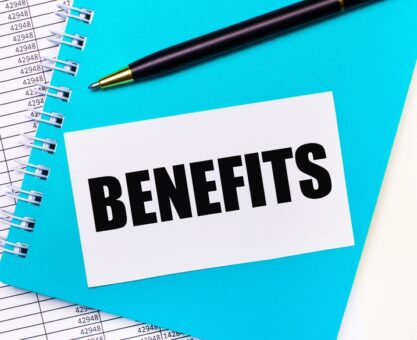As a federal employee, one of the most valuable benefits you can continue into retirement is your Federal Employees Health Benefits (FEHB) plan. Unfortunately, misinformation you may hear from co-workers can lead you to make the wrong decision when you submit your retirement application. The big risk – if you inadvertently drop your FEHB coverage in retirement, you’ll never be able to re-enroll.
Myth #1. The FEHB 5-Year Eligibility Rule Cannot Be Waived
Not entirely true. The OPM has the authority to waive the five-year FEHB eligibility rule if exceptional circumstances prevent an employee from working until the requirement is met. Add to this, when you accept an early retirement offer from your agency, you’re eligible for an automatic waiver of the 5-Year Eligibility Rule.
Myth #2. When You Retire, You Pay Your Entire FEHB Premium
Not true. Uncle Sam continues to pay the same portion of your overall premium as when you were working – as much as 75%. However, during your working years your portion of your FEHB premium is paid with pre-tax earnings to help defer federal income taxes. Once you retire and start to receive your monthly annuity (pension), your portion of your FEHB premium is paid with after-tax income withheld from your annuity in 12 monthly payments.
Myth #3. Your FEHB Premiums Will Be Higher In Retirement
Also not true. Your premium will remain the same as you paid during your working years. However, since your annuity (pension) is paid on a monthly basis instead of biweekly pay periods, your FEHB premiums will be deducted monthly. When you pay premiums at the monthly rate, the amount may simply seem higher. As stated above, Uncle Sam continues to pay the same portion of your premium when you retire.
“According to OPM, retirement is not considered a qualifying life event (QLE).”
Myth #4. The FEHB Open Season Doesn’t Apply To Retirees
Not true. If you want to change your FEHB enrollment from one plan to another after you retire, you’ll have to make the switch during the annual open season. Add to this, you cannot change your FEHB plan at the time you retire, either. According to OPM, retirement is not considered a qualifying life event (QLE).
Myth #5. When You Die, Family Members Are No Longer Eligible For FEHB
Not true. If a surviving spouse receives a survivor annuity under FERS or CSRS, the deceased worker’s Self Plus One or Self and Family enrollment continues. This is the top reason why electing a survivor annuity is so important.
To learn more, connect with an FRC® trained advisor who fully understands how FEHB works in retirement.


























